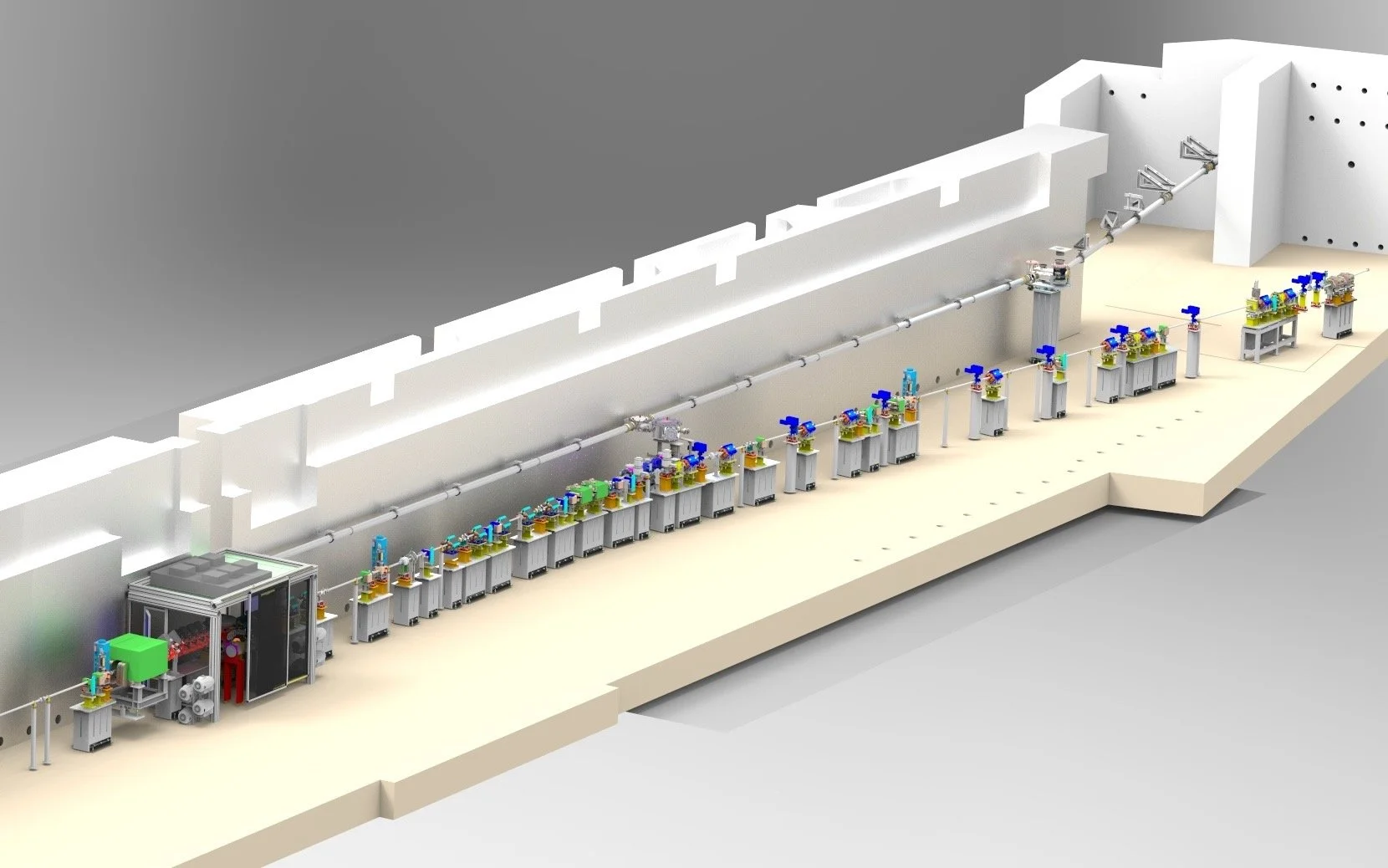

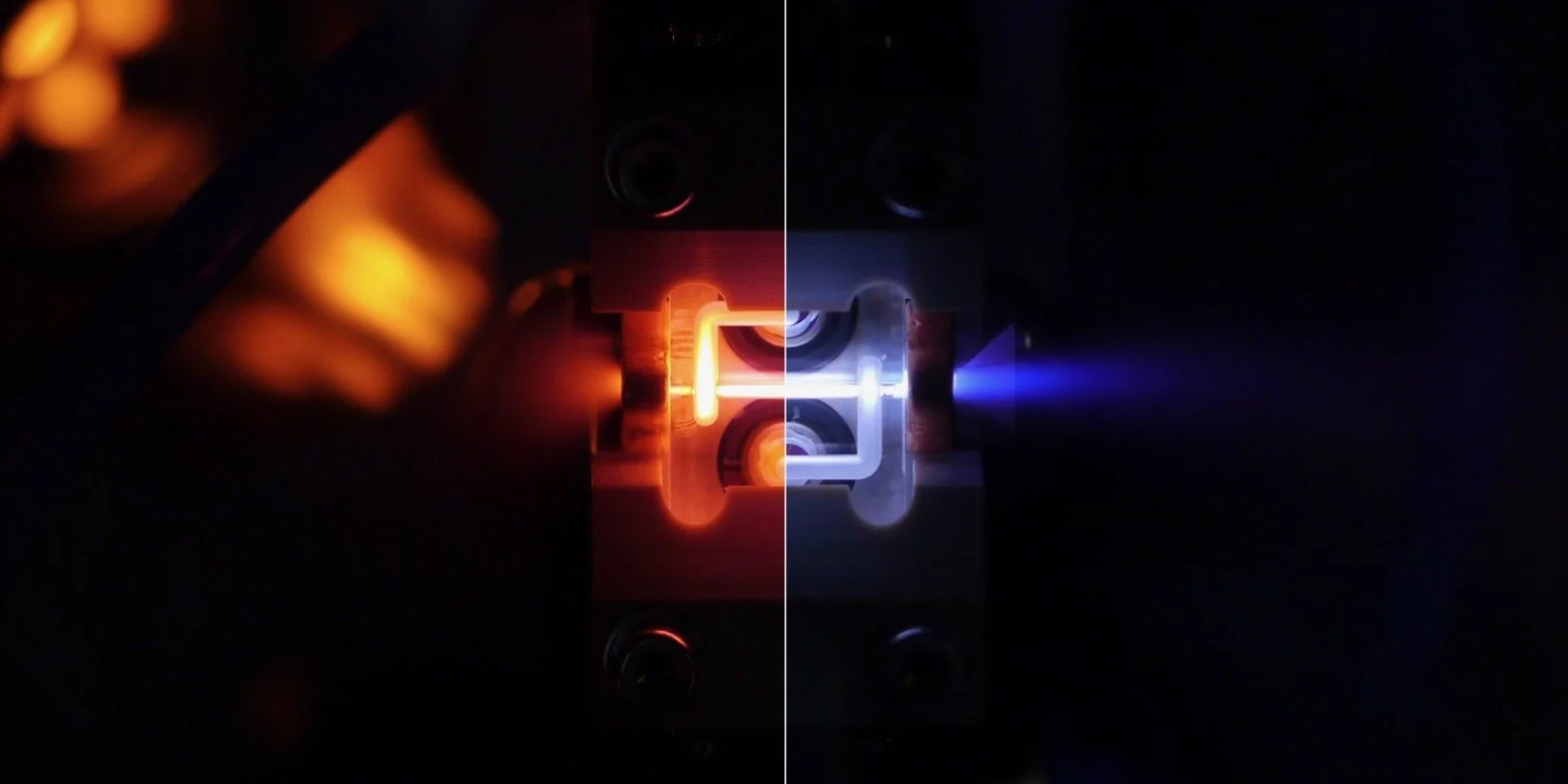

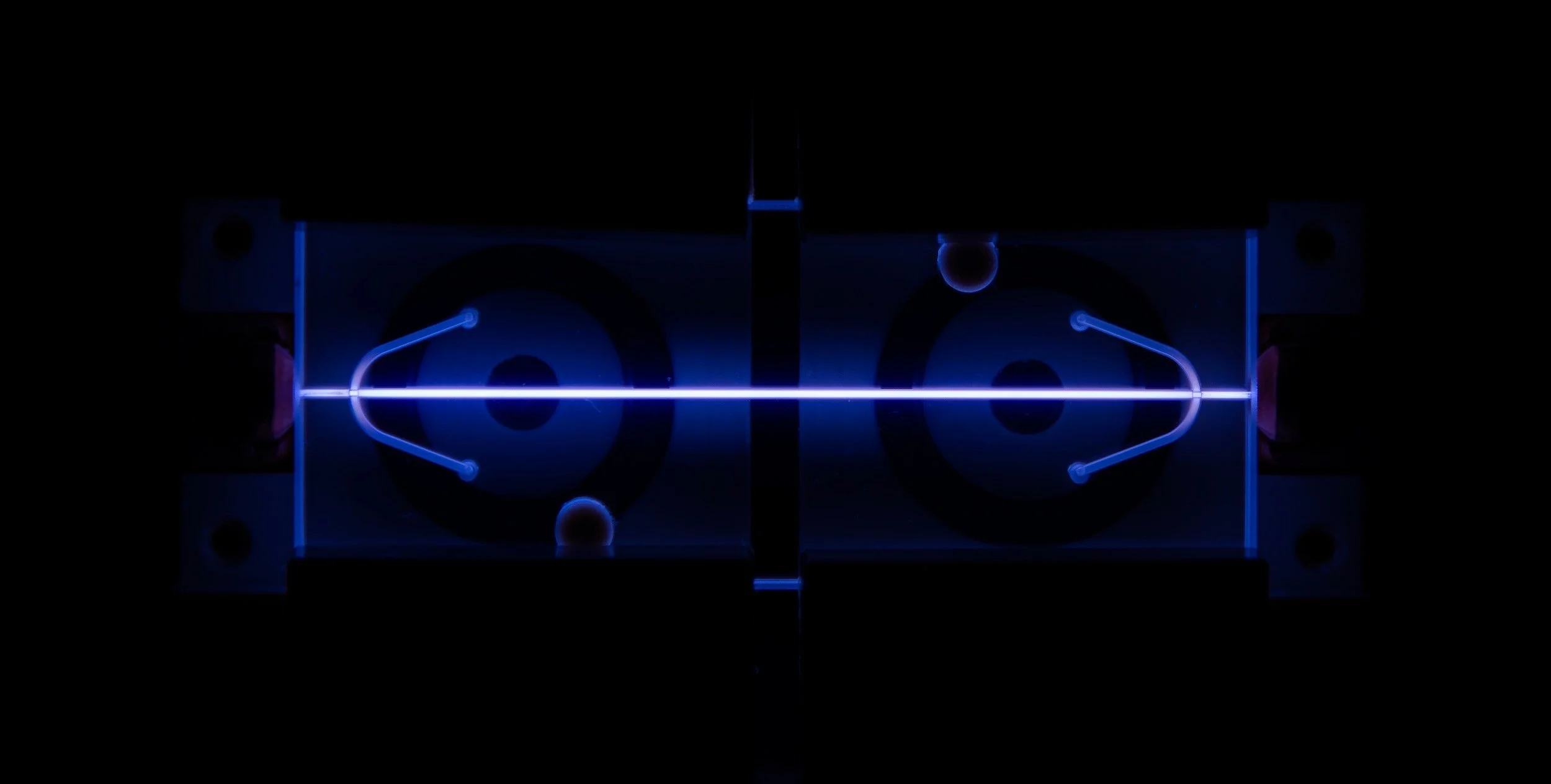
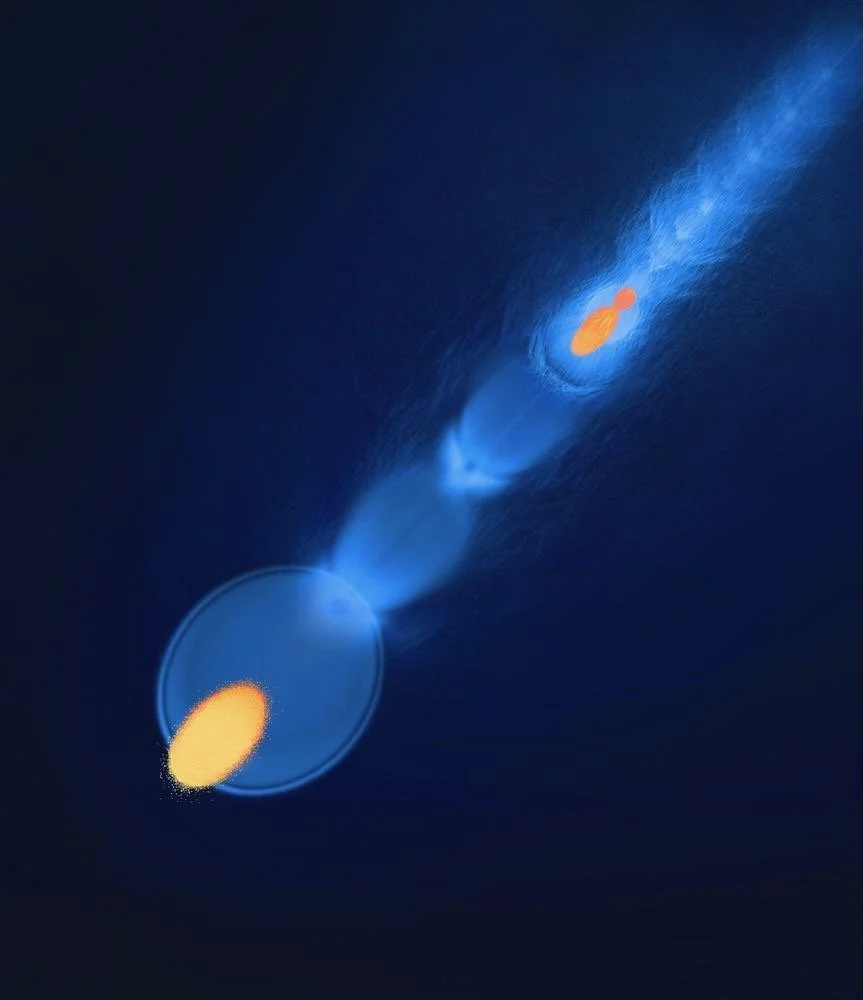

FLASHForward
FLASHForward
FLASHForward is one of the very few beam-driven plasma accelerator experiments worldwide. We use the FEL-quality electron beams from the FLASH linac to drive a plasma wakefield and to boost the energy of the FEL-quality electron bunches.

FAcility
FAcility
FLASH is an EUV and soft-xray free-electron-laser, providing intense photon beams to study matter on femtosecond and nanometre scales. The FEL driver, the superconducting FLASH linac, provides high-quality GeV-level, low-emittance electron bunches in trains of 1 MHz repetition rate.
In the FLASHForward beamline we focus specially generated pairs of driver/witness bunches into a plasma, where the trailing bunch (witness) rapidly accelerates in the wakefield driven by the leading bunch (driver). The goal of FLASHForward is to accelerate the witness bunches by a large fraction of their initial energy and at high repetition rate, while preserving their high brightness, all of which are required for plasma accelerators to have a major impact on accelerator technology.
The FLASHForward team is a great collaboration of DESYs accelerator (M) and high energy physics (FH) division with masters and doctoral students, postdocs and staff scientists from the two groups MPL and FTX-AST. It is a particularly beneficial collaboration, since plasma accelerators aim to benefit both the light source (MPL) and future particle physics (FTX) fields by shrinking the accelerator sections for both free electron lasers and particle colliders.
Part of the FLASHForward beamline
FLASHForward target cell inside the target chamber

Plasma Acceleration
Plasma Acceleration
At FLASHForward, electrons are accelerated in gigavolt-per-metre longitudinal fields in a plasma wakefield that is, typically, 300 micrometres long and 100 micrometres in diameter. In order to accurately load these fields and preserve the bunch energy spread at the 0.1% level we have developed methods to tailor the temporal profile of the incoming bunch. This process is inextricably linked to the energy efficiency of the acceleration process, which must be maximised to further reduce the environmental footprint of this accelerator technology.
The transverse field of the wakefield is similar in strength to the accelerating field. While this is beneficial for the confinement of the accelerating bunch, it places strict limits on the bunch size and alignment at the entrance to the plasma accelerator, which we are continuing to explore as we increase the energy gain of the accelerating bunch.
Advanced control over the plasma is required to reproducibly provide low energy spread, high brightness accelerated bunches. This is even more challenging when we aim to accelerate bunches at MHz repetition rates, since the plasma density and profile must be very close to identical every microsecond. Over this timescale plasma recombination, mass and heat flows and plasma-capillary interactions are all important, presenting exciting challenges and opportunities in modelling, experiments and diagnostics. Currently FLASHForward is the only research facility able to perform plasma accelerator studies at these repetition rates.

Plasma sources
Plasma sources
Our plasmas are contained within precisely milled sapphire blocks, which are suitable for the ultra-high vacuum conditions of the accelerator environment and can withstand millions of plasma creation events. The plasma is created with a high-voltage discharge. We are making further developments of this technique to produce plasmas at the very high repetition rates demanded by users. Together with colleagues from multiple technical groups at DESY, and in a joint effort of our beam- and laser-driven plasma acceleration teams, we are exploring designs of plasma sources capable of withstanding the kW-level high average power delivered by FLASH and KALDERA.

Diagnostics
Diagnostics
FLASHForward has a large suite of diagnostics both upstream of the plasma, to monitor and optimise the accelerator performance, as well as downstream of the plasma to characterise the accelerated bunch energy with < 0.1% resolution and to accurately measure micrometre-scale emittances. Furthermore, the beamline is equipped with a rotatable-polarisation transverse deflection structure, a result of a DESY – PSI – CERN collaboration, which allows the slice energy spread and slice emittance of the bunch, in any axis, to be measured with few femtosecond resolution.
Additionally, there is a synchronised 25 TW Titanium-Sapphire laser system that can be used for plasma creation schemes or diagnostics. This laser is shared with our colleagues working on applications of laser-plasma acceleration.

Advance Lab
Advance Lab
In addition to the FLASHForward beamline we have a highly flexible laboratory for the development and characterisation of our plasma sources. The laboratory is equipped with multiple high-voltage discharge sources for plasma creation, a kHz short pulse laser, high resolution spectrometers and high frame rate cameras, allowing us to study the properties of the evolving plasma with high resolution.
